Home>Articles>When Storing Products It Is Important To Make Sure They Are Located Inches From The Floor
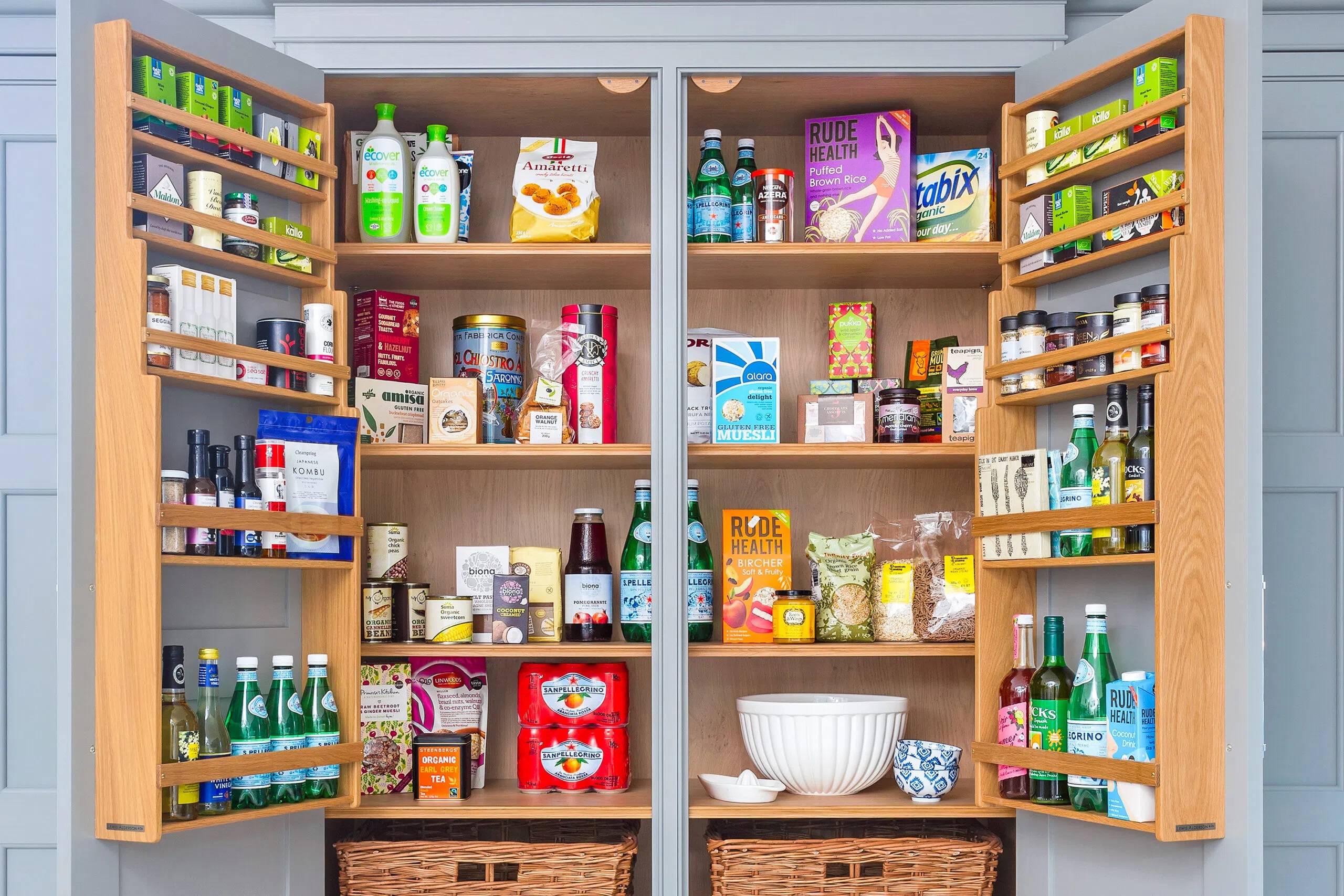

Articles
When Storing Products It Is Important To Make Sure They Are Located Inches From The Floor
Modified: February 26, 2024
Ensure proper pantry storage by keeping your products inches from the floor. Create a clean and organized space with our tips and tricks.
(Many of the links in this article redirect to a specific reviewed product. Your purchase of these products through affiliate links helps to generate commission for Storables.com, at no extra cost. Learn more)
Introduction
When it comes to storing products, ensuring proper storage conditions is crucial for maintaining product quality and maximizing space efficiency. Whether you are managing a warehouse, a retail store, or even your own personal storage area, understanding the importance of proper product storage is essential.
In this article, we will explore the factors to consider when storing products, the importance of keeping products inches from the floor, the risks of improper storage, and best practices to ensure optimal storage conditions. By following these guidelines, you will not only protect your products from damage but also streamline your inventory management process.
So let’s dive in and discover the key elements of effective product storage!
Key Takeaways:
- Elevating products inches from the floor is crucial to prevent moisture damage, improve air circulation, reduce pest infestations, and optimize storage space, ensuring product integrity and longevity.
- Implementing best practices for storing products, such as organizing, following manufacturer guidelines, and maintaining cleanliness, maximizes product integrity, streamlines inventory management, and enhances operational efficiency.
Read more: When Storing Products It Is Important
Importance of Proper Product Storage
Proper product storage plays a vital role in preserving product quality, improving inventory management, and maximizing available space. Let’s take a closer look at why it is essential to prioritize proper storage:
- Preserving Product Quality: Proper storage conditions, such as temperature and humidity control, can significantly impact the shelf life and overall quality of products. Certain items, like perishable goods or sensitive electronics, require specific storage conditions to prevent spoilage or damage. By maintaining optimal storage conditions, you can ensure that your products remain in excellent condition and extend their shelf life.
- Preventing Damage and Loss: Inadequate storage can lead to product damage and increased risk of loss. Incorrect stacking, improper handling, or exposure to moisture can cause products to spoil, break, or become unusable. By implementing proper storage techniques and using appropriate storage equipment, you can minimize the risk of damage or loss, ultimately saving you from costly replacements or refunds.
- Efficient Inventory Management: Proper product storage enhances your ability to manage inventory effectively. By organizing products in a systematic manner, it becomes easier to locate and access specific items when needed. This minimizes the time spent on searching for products, streamlines order fulfillment processes, and improves overall productivity in your business operations.
- Space Optimization: Effective storage practices allow you to make the most of the available space. Utilizing shelving systems, racks, and other storage solutions can optimize vertical storage, freeing up valuable floor space. This can be particularly helpful in cramped storage areas, where maximizing space efficiency is crucial for accommodating a larger volume of products.
By understanding the significance of proper product storage, you can implement strategies that ensure the longevity of your products, reduce the risk of damage, and enhance overall operational efficiency. Now, let’s explore the key factors to consider when storing products.
Factors to Consider when Storing Products
When it comes to storing products, it’s important to take several factors into consideration to ensure optimal storage conditions. Let’s explore some key factors to consider:
- Product Characteristics: Each product has unique characteristics that dictate how it should be stored. Consider factors such as temperature sensitivity, fragility, and storage requirements specified by the manufacturer. For example, perishable goods may require refrigeration, while delicate items may need extra padding or secure packaging.
- Storage Environment: The storage environment plays a critical role in maintaining product quality. Factors such as temperature, humidity, ventilation, and lighting should be carefully controlled and monitored. For instance, temperature-sensitive items like pharmaceuticals or fine wines require specific temperature ranges to preserve their potency and flavor.
- Inventory Rotation: Implementing a first-in, first-out (FIFO) inventory rotation system ensures that older products are used or sold before newer ones. This prevents product expiration and reduces the risk of holding obsolete stock. Proper shelving and labeling systems can help facilitate smooth inventory rotation.
- Security Measures: Security is essential to protect your products from theft or unauthorized access. Utilize locking mechanisms, surveillance cameras, and restricted access protocols to safeguard your storage area. Additionally, consider implementing inventory tracking systems to monitor and track the movement of products.
- Ergonomics: Creating an ergonomically friendly storage layout improves efficiency and reduces the risk of injury for employees. Arrange products based on frequency of use and weight, ensuring that frequently accessed items are easily reachable and lighter products are stored at higher levels. Integrate safety equipment, such as step stools or forklifts, to assist with safe and efficient product handling.
By considering these factors when storing products, you can create a storage environment that promotes product integrity, efficient inventory management, and a safe working environment. Next, let’s explore the importance of keeping products inches from the floor.
Choosing the Right Storage Equipment
When it comes to storing products, selecting the appropriate storage equipment is essential for ensuring efficient organization and easy accessibility. Here are some key factors to consider when choosing the right storage equipment:
- Size and Weight Capacity: Assess the size and weight of your products to determine the appropriate storage equipment. Shelving units, pallet racks, or cabinets should be able to support the weight of your products without bending or collapsing. Consider the dimensions of your storage area to ensure that the equipment fits seamlessly into the space.
- Accessibility: Consider the frequency of product retrieval and the ease of access required. For products that are frequently accessed, open shelves or bins provide quick and convenient retrieval. On the other hand, for items that require better protection or limited access, lockable cabinets or pallet racking systems with controlled access may be more suitable.
- Flexibility and Adjustability: Look for storage equipment that offers flexibility and adjustability to accommodate varying product sizes and configurations. Adjustable shelving heights, movable dividers, and expandable systems allow you to customize the storage space based on your specific needs. This adaptability ensures efficient space utilization and easy reconfiguration when necessary.
- Specialized Storage: Depending on the nature of your products, you may require specialized storage equipment. For example, if you deal with fragile items, consider storage solutions that provide cushioning or protection, such as foam padding or heavy-duty bins. For temperature-controlled items, invest in refrigerated or climate-controlled storage units.
- Safety Features: Prioritize the safety of your employees and products by choosing storage equipment with built-in safety features. Look for features such as sturdy construction, anti-slip surfaces, rounded edges, and visibility aids to prevent accidents and injuries. Additionally, ensure that the storage equipment complies with relevant safety regulations and certifications.
By carefully considering these factors, you can select the right storage equipment that suits your specific storage needs, promotes efficient organization, and ensures the safety of your products and employees. Next, we will explore the importance of keeping products inches from the floor.
Store products at least 6 inches from the floor to prevent damage from moisture, pests, and potential flooding. Use pallets or shelves to elevate items.
Importance of Keeping Products Inches from the Floor
When it comes to proper product storage, keeping your products inches from the floor is a critical practice that offers several benefits. Here are some key reasons why you should prioritize keeping products elevated:
- Prevention of Moisture Damage: Elevating products inches from the floor helps protect them from moisture damage. Concrete floors can absorb and release moisture, causing products to become damp or even susceptible to mold growth. By keeping products off the floor, you reduce the risk of moisture-related damage and preserve their integrity.
- Improved Air Circulation: Elevating products allows better air circulation and ventilation around them. This helps prevent the buildup of stagnant air, which can lead to condensation and increased humidity levels. Adequate air circulation helps maintain optimal storage conditions, particularly for items that require specific temperature and humidity ranges.
- Reduced Pest Infestations: Storing products off the floor can help minimize the risk of pests infiltrating your inventory. Insects, rodents, and other pests often nest or seek shelter in low-lying areas. Elevating products reduces the accessibility and attractiveness of your inventory to pests, helping to protect your products from contamination and damage.
- Easier Cleaning and Maintenance: Keeping products elevated makes it easier to clean and maintain your storage area. You can easily sweep or mop the floor, eliminating dust, debris, and potential contaminants that may affect your products. Additionally, it allows for efficient pest control measures and reduces the risk of products coming into contact with any cleaning agents or chemicals.
- Enhanced Space Utilization: Elevating products off the floor provides better utilization of your storage space. By utilizing shelving systems or pallet racks, you maximize vertical storage and free up floor space for other purposes. This is especially beneficial in smaller storage areas, where every inch of space counts.
By keeping your products inches from the floor, you can protect them from moisture damage, enhance air circulation, reduce pest infestations, facilitate easier cleaning and maintenance, and optimize your storage space. Now, let’s explore the risks associated with improper product storage.
Risks of Improper Product Storage
Improper product storage can lead to several risks and negative consequences for your business. It is important to be aware of these risks to prevent potential damage to your products and avoid financial losses. Here are some key risks associated with improper product storage:
- Product Damage: Improper storage practices can result in product damage. Stacking heavy items on top of fragile goods, storing items in an unstable manner, or failing to protect items from moisture or temperature fluctuations can all lead to physical damage. Damaged products may not only be unusable but can also result in customer complaints and potential liability issues.
- Product Spoilage: Certain products, such as perishable goods or medications, are sensitive to specific environmental conditions. Inadequate temperature control or improper storage methods can cause these products to spoil or lose their potency. This can result in financial losses and damage to your reputation if spoiled or ineffective products are distributed or sold to customers.
- Inventory Inaccuracy: Poor storage practices can lead to inventory inaccuracies. Without proper organization and labeling, it becomes challenging to track and locate specific products. This can result in inventory discrepancies, delays in order fulfillment, and unhappy customers. It may also lead to overstocking or stockouts, impacting your overall inventory management efficiency.
- Workplace Hazards: Inadequate storage practices pose risks to the safety of your employees. Stacking items precariously or overloading shelving units can lead to accidents and injuries. Falling objects, tripping hazards, or inaccessible emergency exits can all create a hazardous work environment. Failing to prioritize safe storage practices can result in workers’ compensation claims and damage to your company’s reputation.
- Regulatory Non-Compliance: Some industries have specific regulations and compliance requirements for proper product storage. Failing to adhere to these regulations can result in penalties, fines, or even legal consequences. It is crucial to understand and comply with industry-specific regulations to ensure that your storage practices meet the necessary standards.
By recognizing and addressing the risks associated with improper product storage, you can protect your products, maintain accurate inventory records, ensure a safe working environment, and avoid potential legal issues. Now, let’s move on to discussing some best practices for storing products.
Best Practices for Storing Products
Implementing best practices for storing products is essential for maintaining product quality, improving efficiency, and reducing the risk of damage or loss. Here are some key best practices to follow:
- Organize and Label: Establish a systematic organization system for your storage area. Categorize products by type, brand, or any other relevant criteria. Use clear labels or digital inventory management systems to easily identify and locate specific items. This promotes efficient inventory management and reduces the chances of misplacing or losing products.
- Utilize Proper Storage Equipment: Select the appropriate storage equipment based on your products’ characteristics and storage requirements. Use shelves, racks, bins, or cabinets that can safely support the weight and dimensions of your products. Ensure that the storage equipment is sturdy, adjustable, and equipped with safety features.
- Follow Manufacturer Guidelines: Adhere to any specific storage instructions provided by the manufacturer. Some products require particular storage conditions, such as temperature ranges or special handling requirements. Following these guidelines ensures product integrity and prevents potential damage or spoilage.
- Implement FIFO: Adopt a first-in, first-out (FIFO) inventory rotation system. This ensures that older products are used or sold before newer ones, reducing the risk of product expiration or obsolescence. Properly label products with expiration dates and regularly monitor inventory to ensure FIFO principles are maintained.
- Maintain Cleanliness: Keep your storage area clean and free from debris. Regularly sweep or mop the floors, remove any spills or contaminants, and dust shelves and storage equipment. This helps prevent product contamination and creates a more pleasant and hygienic working environment.
- Monitor Temperature and Humidity: Install temperature and humidity monitoring systems in your storage area. Regularly check and record temperature and humidity levels to ensure they remain within the specified range for your products. Address any fluctuations immediately to prevent product damage or spoilage.
- Train Employees: Provide thorough training to employees on proper product storage procedures. This includes correct handling techniques, understanding storage guidelines, and maintaining safety protocols. Regularly reinforce training to ensure consistent adherence to best practices.
- Regularly Inspect and Maintain Storage Equipment: Conduct regular inspections of storage equipment to identify any signs of damage or wear. Replace or repair damaged equipment promptly to prevent accidents or product damage. Lubricate moving parts, tighten loose bolts, and address any other maintenance needs to keep storage equipment in optimal condition.
- Review and Improve: Continuously evaluate and improve your storage processes. Regularly review your storage practices, inventory management systems, and employee feedback. Identify areas for improvement and implement necessary changes to enhance efficiency, productivity, and product protection.
By following these best practices, you can ensure proper storage of your products, maintain their quality, and streamline your inventory management processes. Remember, proactive storage practices lead to smoother operations and increased customer satisfaction.
Conclusion
Proper product storage is essential for maintaining product quality, optimizing space, and ensuring efficient inventory management. By understanding the importance of proper storage and implementing best practices, you can protect your products, minimize the risk of damage or loss, and enhance overall operational efficiency.
First and foremost, consider the specific characteristics of your products when determining storage requirements. Take into account factors such as temperature sensitivity, fragility, and manufacturer recommendations. This will help you establish the most suitable storage environment.
Choose the right storage equipment that accommodates your product size, weight, and accessibility needs. Opt for flexible and adjustable options to cater to changing inventory requirements. Ensure that the chosen storage equipment complies with safety standards and provides adequate security measures.
Keeping products inches from the floor offers numerous advantages. By elevating products, you prevent moisture damage, enhance air circulation, reduce pest infestations, facilitate cleaning, and utilize storage space more efficiently.
Improper product storage poses various risks, including product damage, spoilage, inventory discrepancies, workplace hazards, and regulatory non-compliance. Understanding and addressing these risks will help you protect your products, maintain accurate inventory records, and ensure a safe working environment.
By implementing best practices for storing products, such as organizing and labeling, following manufacturer guidelines, practicing FIFO inventory rotation, and maintaining cleanliness, you can maximize product integrity and streamline your inventory management processes.
Remember to train your employees on proper storage procedures, regularly inspect and maintain storage equipment, and continuously review and improve your storage processes. Regular evaluation and improvement will help you optimize your storage practices and adapt to changing business needs.
By prioritizing proper product storage and following these guidelines, you can ensure the longevity of your products, reduce the risk of damage or loss, and enhance overall operational efficiency. Investing time and effort into proper storage practices will pay off in the long run, leading to improved customer satisfaction and a strong foundation for your business success.
So, take the necessary steps to optimize your product storage today and reap the benefits for years to come.
Frequently Asked Questions about When Storing Products It Is Important To Make Sure They Are Located Inches From The Floor
Was this page helpful?
At Storables.com, we guarantee accurate and reliable information. Our content, validated by Expert Board Contributors, is crafted following stringent Editorial Policies. We're committed to providing you with well-researched, expert-backed insights for all your informational needs.




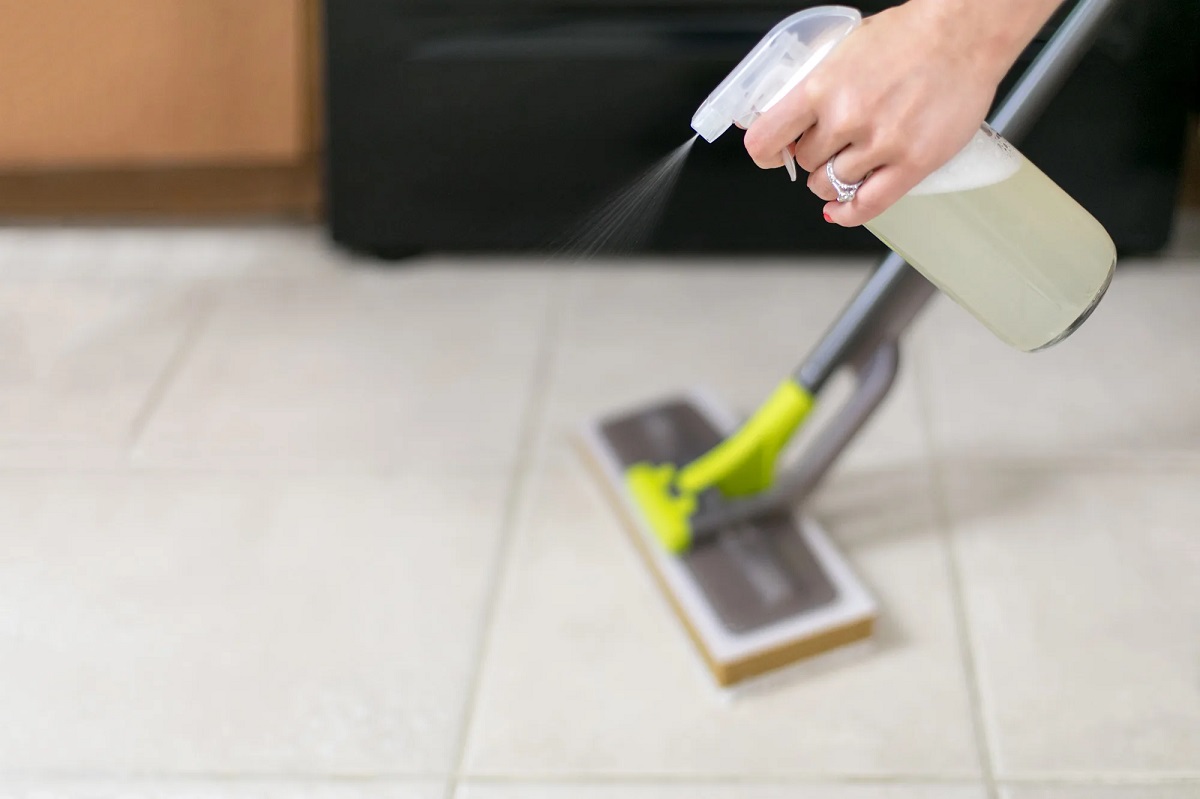
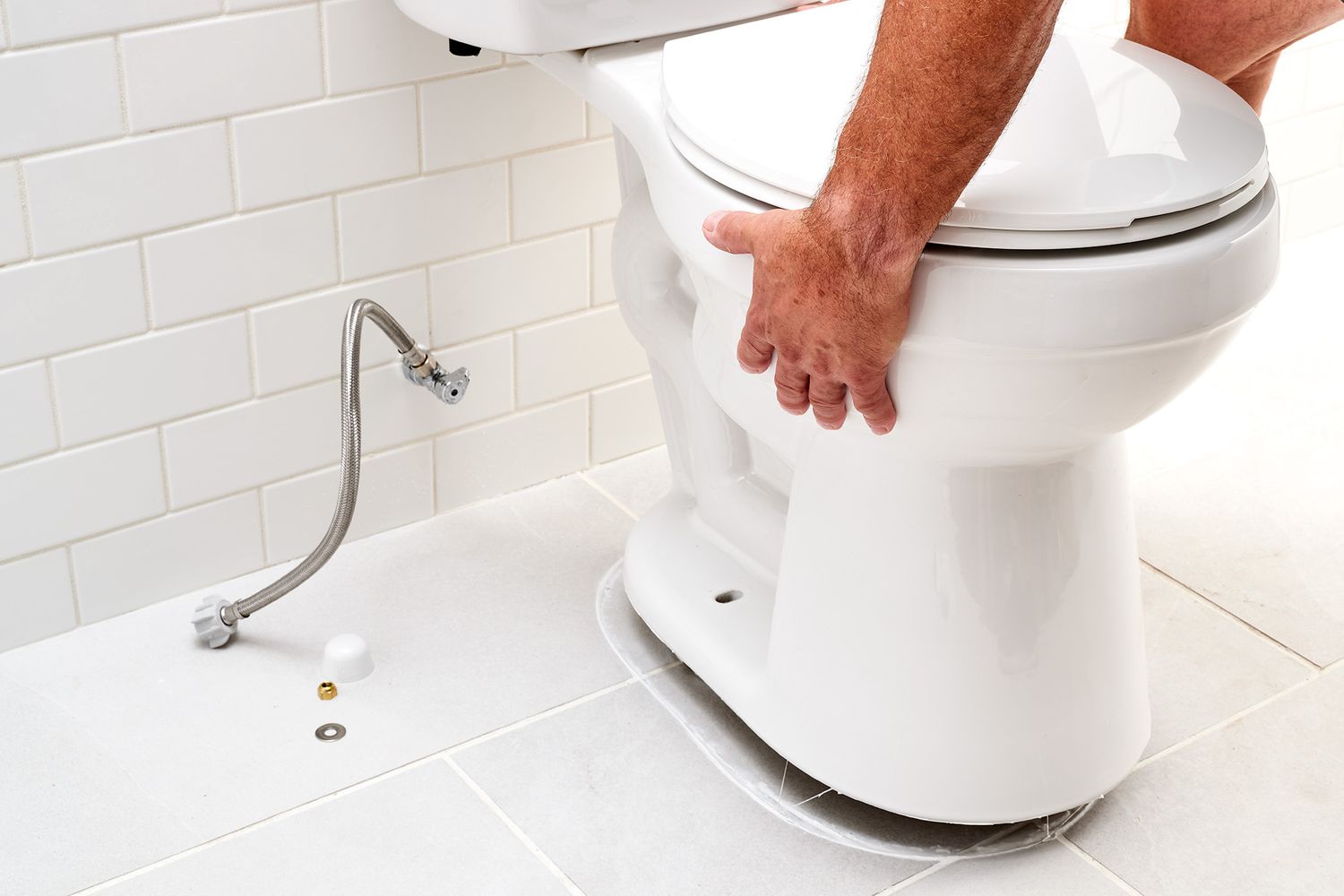
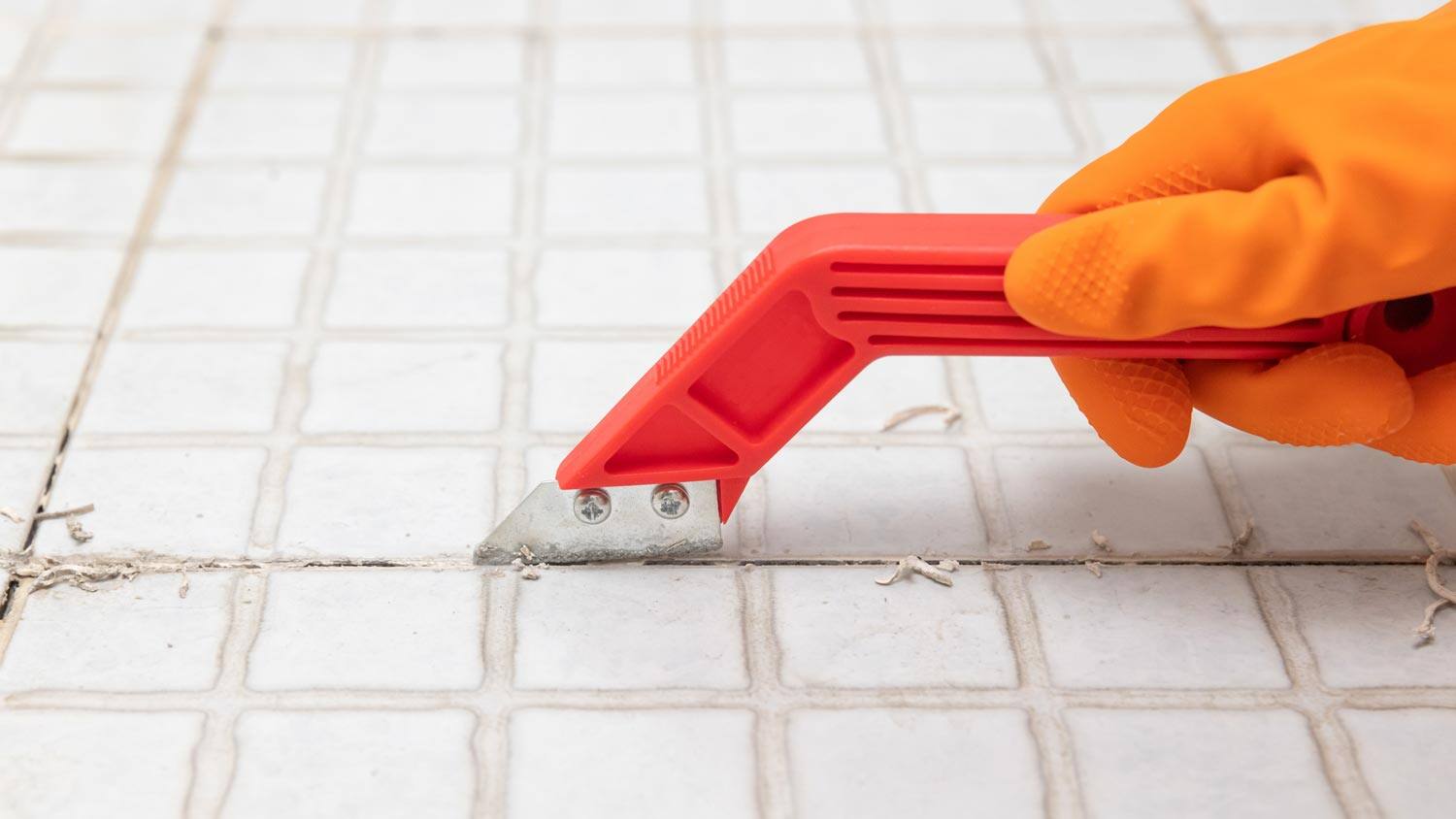





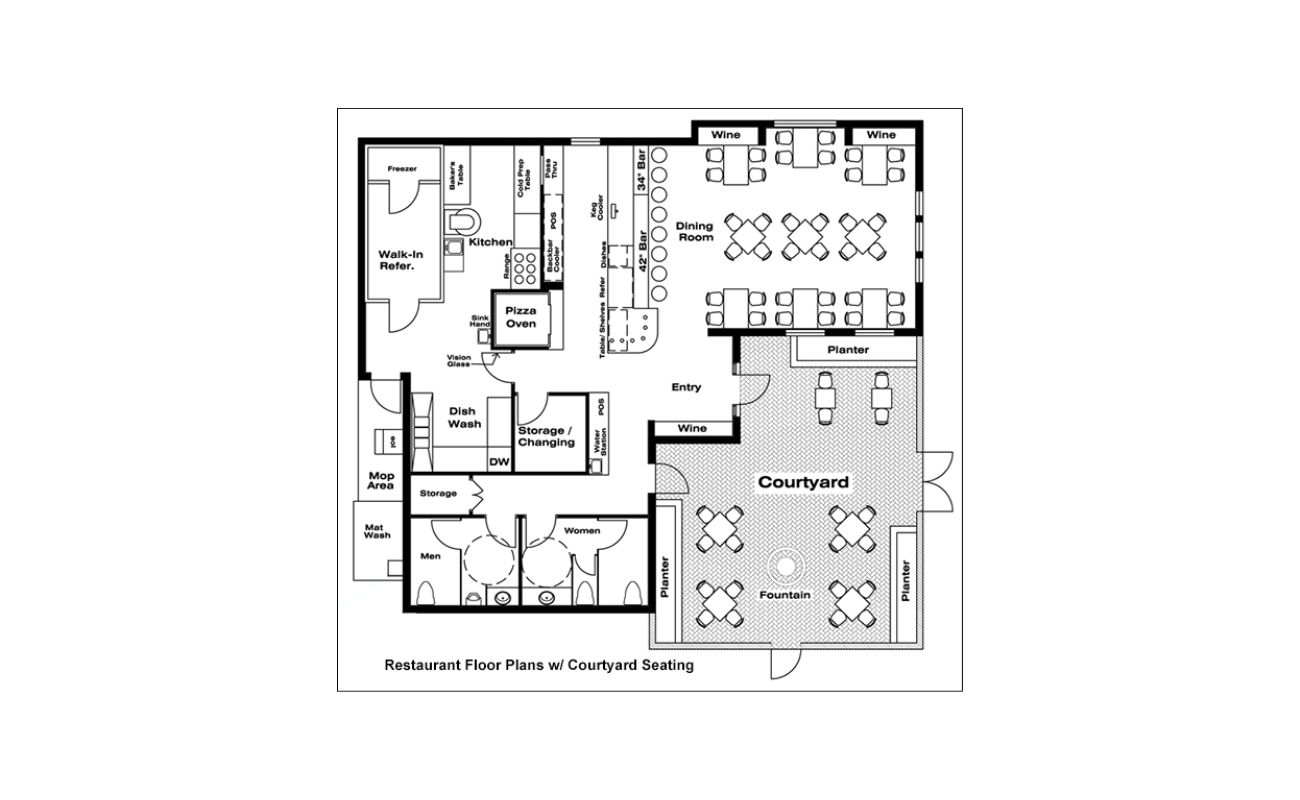


0 thoughts on “When Storing Products It Is Important To Make Sure They Are Located Inches From The Floor”